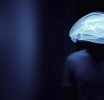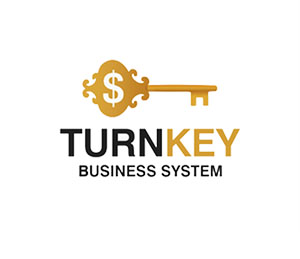The “Almost Right” Syndrome: How Traders Fall into the Trap of Overestimating Themselves

The “Almost Right” Syndrome: How Traders Fall into the Trap of Overestimating Themselves
In trading, nothing is more seductive — and dangerous — than being almost right. You forecasted the euro would rise, and it did… just not before dipping low enough to hit your stop loss.
You “knew” gold was going to rally, but you entered a day too early.
These moments create a powerful illusion: your analysis was correct, so the loss feels undeserved. Yet this mental shortcut fuels a subtle but destructive bias — the overestimation of one’s own skill.
You “knew” gold was going to rally, but you entered a day too early.
These moments create a powerful illusion: your analysis was correct, so the loss feels undeserved. Yet this mental shortcut fuels a subtle but destructive bias — the overestimation of one’s own skill.
The Psychology Behind “Almost” Wins
In behavioral finance, this is a variant of the near-miss effect, well-documented in gambling research. When an outcome is close to success, the brain releases dopamine almost as if the goal were achieved. For traders, this triggers a dangerous loop: “I was right, the market was wrong in timing,” which strengthens confidence without improving strategy.A near-miss is worse than a clear mistake because it hides flaws in the process. If you misread market sentiment, poor risk management or impulsive entry timing, being “almost” right still masks the real cause of the loss. Over time, this can lead to position oversizing, looser stop-losses, and neglect of market signals.

The “Almost Right” Syndrome: How Traders Fall into the Trap of Overestimating Themselves
How It Distorts Risk Perception
Repeated near-misses create a skewed self-image: you start believing you’re consistently ahead of the market, just unlucky. In reality, markets don’t “owe” you a winning trade because you guessed the direction correctly. Execution, timing, and discipline are equally decisive. Traders stuck in this loop often hold losers longer (“it will turn around any moment”) or re-enter immediately after a loss, chasing vindication instead of quality setups.Case Study: The Euro-Dollar Trap
Consider a trader who correctly identifies bullish divergence on EUR/USD.The market rallies — but only after a 50-pip retracement that hits his stop. He exits, frustrated, then watches the pair climb exactly as he predicted. The emotional takeaway? “I was right!” The analytical takeaway? Entry and risk management failed. Without recognizing the second, the trader may loosen stops next time, increasing drawdown exposure.
Breaking the Cycle
To counter the “almost right” bias, traders need to separate outcome from process. Journaling trades — including reasoning, entry timing, stop placement, and exit conditions — reveals whether the trade was truly well-executed or just lucky in direction.Backtesting can also debunk illusions: if a strategy consistently suffers from early stops, parameters need adjusting, not just “more patience.”
In trading, being right in hindsight is worth nothing if your execution cannot capture that correctness in real time.
The “almost right” syndrome flatters the ego while eroding the account. As market veteran Ed Seykota famously noted: “
.” If what you want is to feel right instead of being profitable, the market will gladly grant you that — at a cost.
The “almost right” syndrome flatters the ego while eroding the account. As market veteran Ed Seykota famously noted: “
.” If what you want is to feel right instead of being profitable, the market will gladly grant you that — at a cost.
By Jake Sullivan
August 8, 2025
Join us. Our Telegram: @forexturnkey
All to the point, no ads. A channel that doesn't tire you out, but pumps you up.
August 8, 2025
Join us. Our Telegram: @forexturnkey
All to the point, no ads. A channel that doesn't tire you out, but pumps you up.









Report
My comments